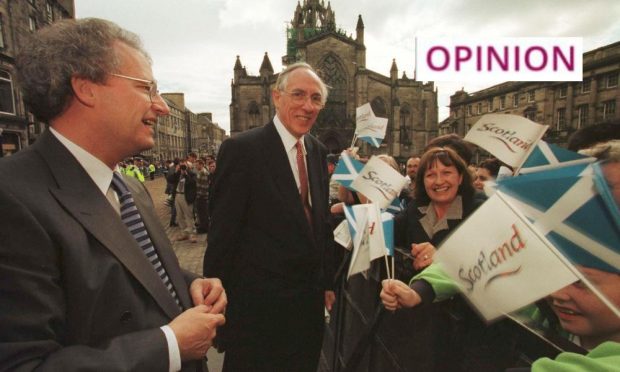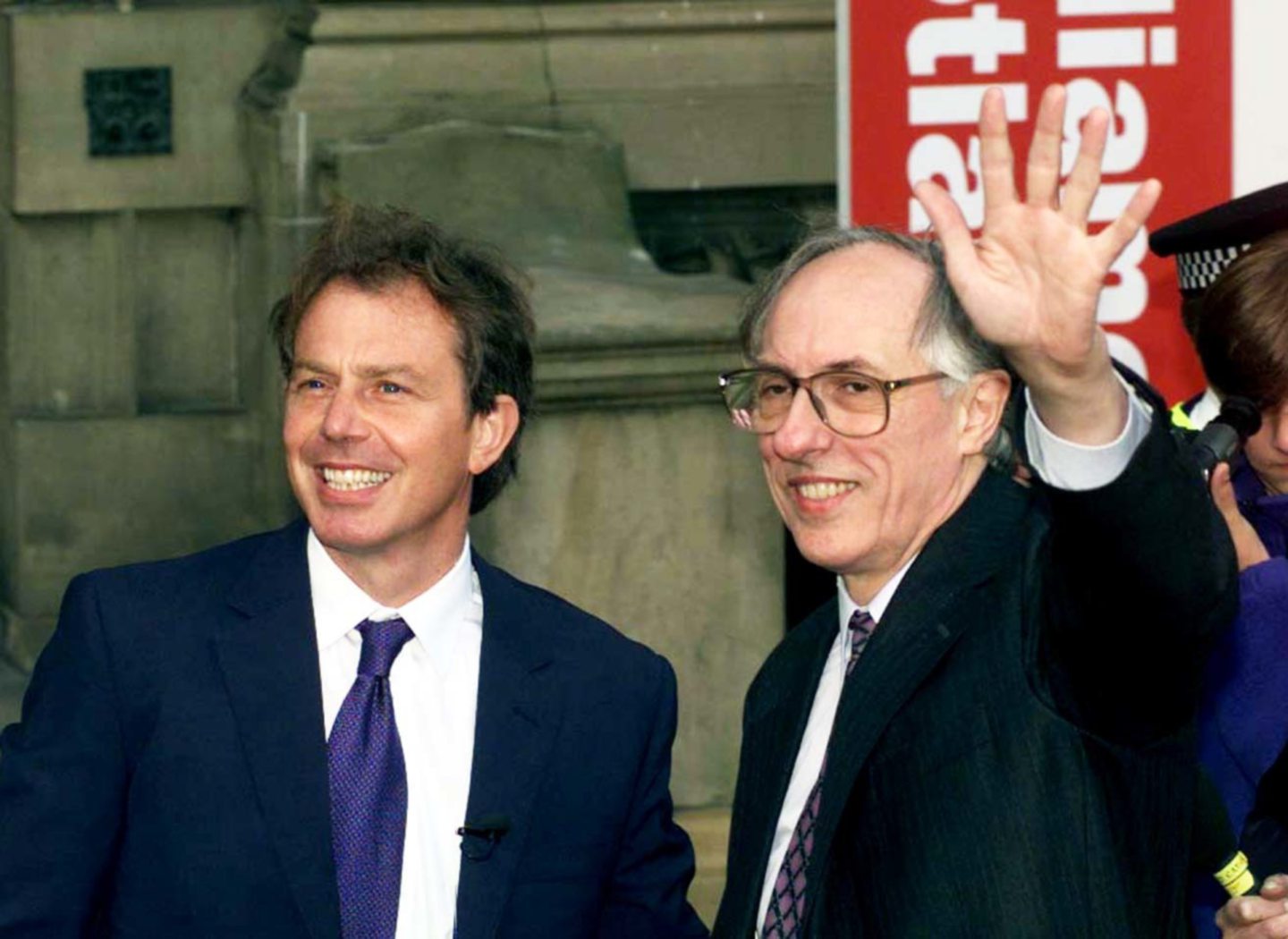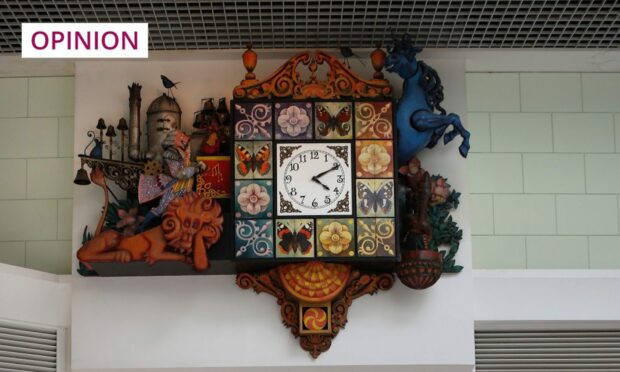Has devolution been a success or a failure?
Would you vote for a Scottish Parliament tomorrow if you were asked again?
Is it time to return real power to the people and go back to something like the old regional authorities – or give local councils increased powers?
Our local councils are being emasculated by the parliament in Edinburgh which, unlike local authorities, seems increasingly out of touch with local issues and the people who elect them and pay their taxes.
I don’t think I’m alone in feeling a growing sense of disappointment with what Holyrood is delivering and how centralised and distant it is from the daily concerns of swathes of its citizens in the cities, towns and villages of Scotland.
I wonder if Holyrood lost its way
Last week I met Sheena Wellington at the V&A tapestry exhibition; a superb showcase of Dundee’s history of industry, sport, art, media, music and all the others elements which have made the city great.
Sheena, one of Scotland’s finest traditional singers, performed the Robert Burns song A Man’s A Man For A’ That, at the opening of the Scottish Parliament in 1999.
We enjoyed reflecting on the skills of those who’d stitched the works together while taking a trip down memory lane at the historical picture of Dundee which the work showcases.
I couldn’t help but reflect that the City of Discovery, like other areas of Scotland, had more say in its running and day-to-day affairs in the times reflected in those tapestries.
Twenty five years on, I wonder if our parliament lost its way.
For some folk Holyrood satisfied the desire for more control over our own affairs, while for others it was a merely a stepping stone to independence.
But a key element, for me, is that it has grasped far too much power to its own bosom at the expense of everyone else in the land.
The centralisation of power by the Scottish Parliament has been described by James Mitchell, professor of public policy at Edinburgh University, as “far greater than the levels witnessed in the Thatcher years”.
Previous calls from groups who feel that Holyrood is strangling the life out of local government have been ignored by a power-hungry coalition of nationalists and greens in Edinburgh.
Hollow idea
Suggestions that full devolution of local taxes and power to allow local councils to raise funds be granted have been snubbed by those who are building an empire of centralised control and don’t want to relinquish those heady heights of power.
Meanwhile, local services in leisure, street cleaning, libraries and others are being strangled by those out of touch with the needs of our local populations.
The idea that communities have more accountable representation under devolution than we did under Westminster rule is proving to be a hollow one.
Those in charge at Holyrood are proving to be every bit as power mad and immune to the notion of less centralised control than those they criticise in London.
They have no desire or will to see decision-making powers passed down to folk in Dundee or Dunfermline or Perth.
They are besotted with retaining power in Edinburgh, which grows increasingly unaccountable and remote from real issues in communities across Scotland.
Under the old Tayside regional authority the Soviet-style architecture of its HQ in Shore Terrace – nicknamed Fawlty Towers – was the butt of many jokes.
But our councillors knew the important issues and had powers to address them.
Devolution is throttling local government and with it the chance to change things for the better.












Conversation